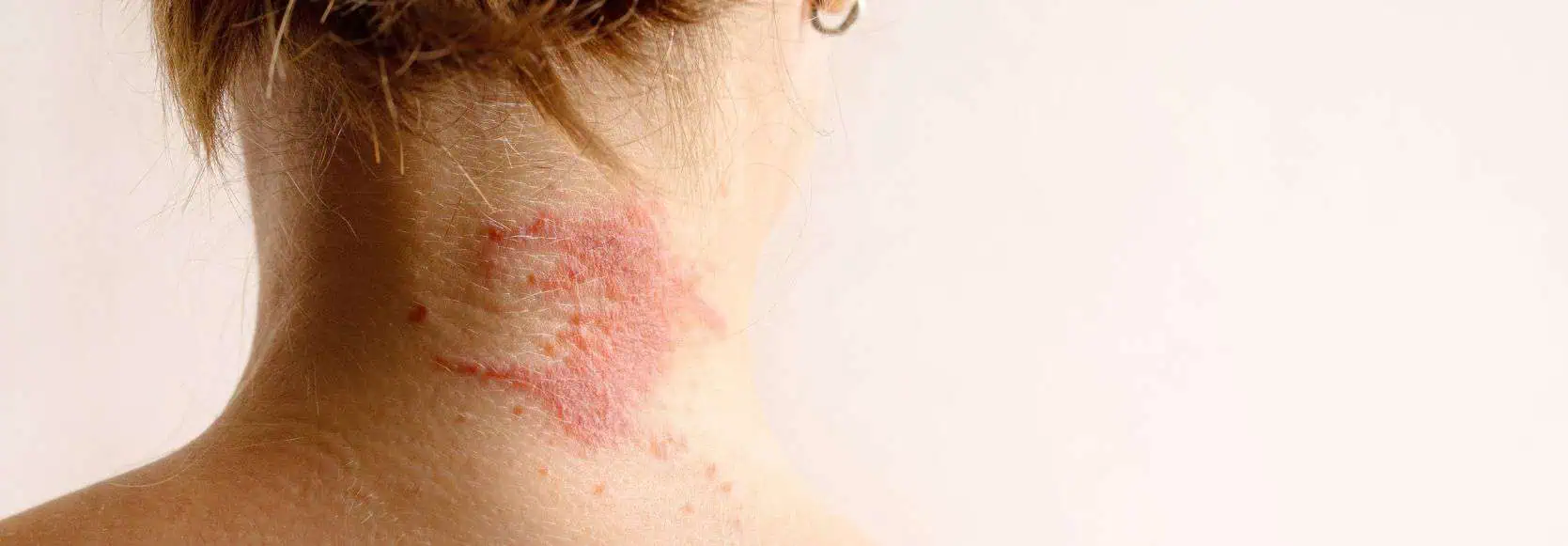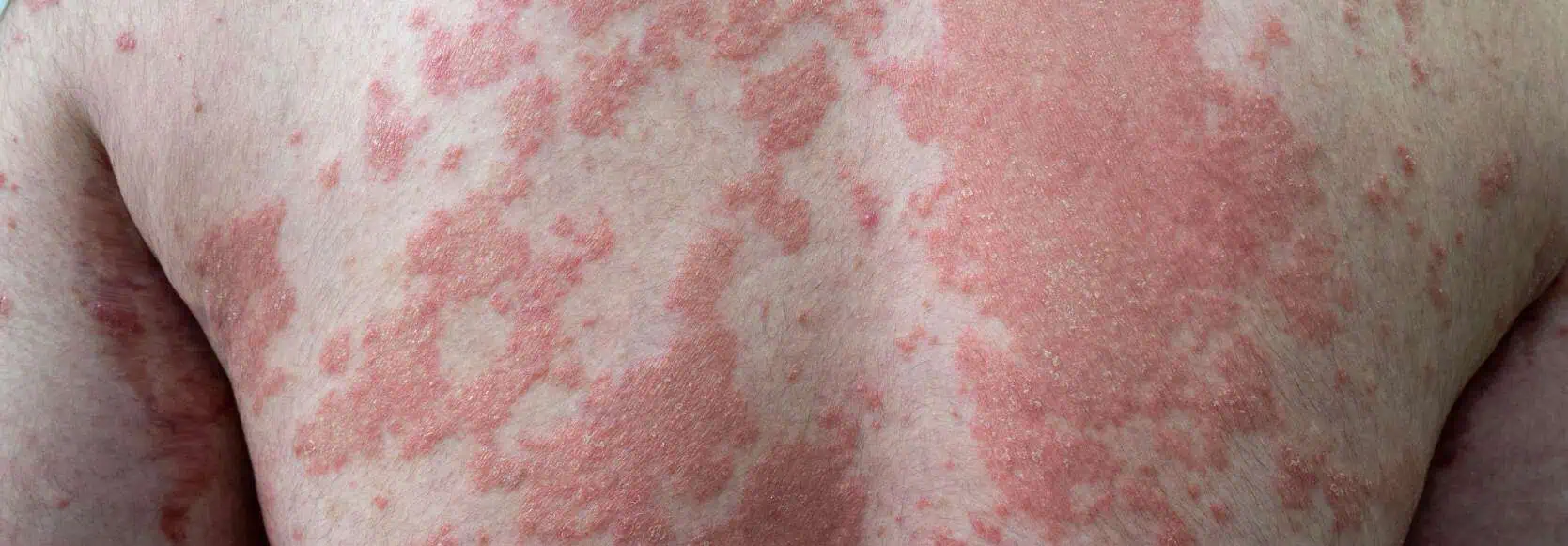Possible Dangers of Sun Exposure
With ‘Sun Awareness Week’ approaching, leading dermatologist, Dr Adam Friedmann at The Harley Street Dermatology Clinic, has put together some top tips on being sun aware and the possible dangers of sun exposure.
The incidence of malignant melanoma, the most dangerous form of skin cancer, continues to rise in the UK. Melanoma is now FIVE times more prevalent in the UK than it was in the 1970s with around 1,300 new cases per year.
Here is our guide of what to look out for if you are worried about sun damage:
1) Freckles – small brown spots on the face that are considered normal by most, but represent excess sun exposure
2) Lentigos – much larger versions or freckles, commonly known as ‘liver’ or ‘age’ spots, but in fact related to sun exposure.
3) Actinic or solar keratosis – red slightly scaly patches appearing in areas of sun exposure, such as the nose or face. Over time there is a slight chance of these progressing to squamous carcinoma.
4) Bowen’s disease – red scaly plaques that occur in areas of sun exposure, which over time will progress to squamous cell carcinoma
5) Skin cancer – enlarging growths, usually in sun-exposed areas, that do not get better.
6) Melasma/Chloasma – the darkened patches occurring on the forehead and cheeks in women, worse when using contraceptive tablets or pregnant
7) Ageing and wrinkles – the sun is the cause of wrinkles as a result of damage to the collagen; a process called solar elastosis.
5 things that might increase your risk of skin cancer:
1) You have fair skin and burn easily in the sun
2) Excess sun exposure – having lived or worked in the sun, particularly in hot countries
3) A history of malignant melanoma in your family
4) Having a lot of moles – particularly if they are large or irregular-looking
5) Problems with the immune system or take immune-suppressing medications
Top tips on what to look out for in moles that might be becoming melanoma:
1) Rapidly growing or enlarging moles
2) Moles that change shape and become irregular or asymmetrical
3) Blurring of the borders of a mole
4) Changing colour, particularly darkening, or more variations of colour appearing
5) Ulceration or bleeding
Remember – if treated early enough, malignant melanoma is curable. So if in doubt, get yourself checked. There is no substitute for a consultant dermatologist examining your moles.


